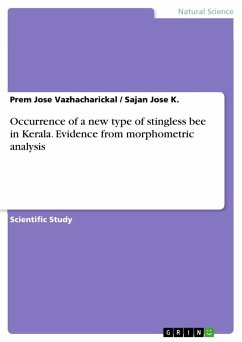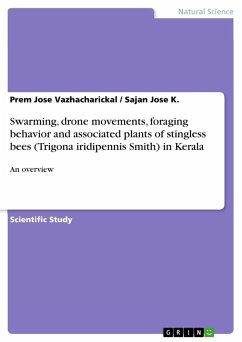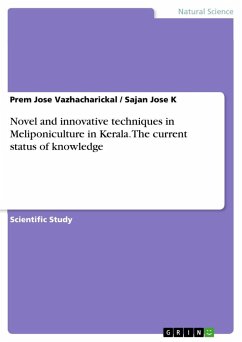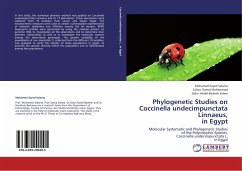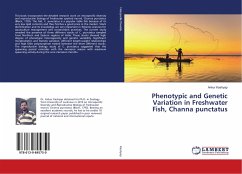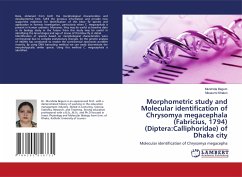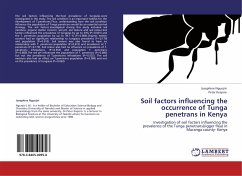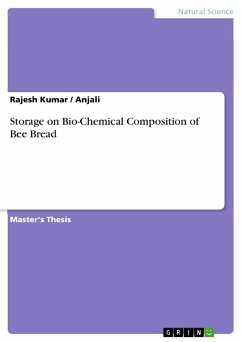Scientific Study from the year 2016 in the subject Biology - Zoology, , language: English, abstract: Stingless bees are limited to tropics and subtropics with diversity in species and share morphological and behaviour patterns. Stingless bees are major pollinators of flowering plants in the tropics and improve crop productivity. Trigona iridipennis Smith were kept in India for centuries for the high medicinal value of honey as well as propolis and bee wax. A wide range of variations, especially worker and drone body size and measurement, were reported. Morphometric and geometric analysis provide a valuable tool for the differentiating variations among various honey bees and stingless bees.Based on these back ground, our objectives of this study were 1) to characterize the morphometric aspects of workers in this reported new species of stingless bees and 2) to identify the various similarities and differences existing based on factor and principal component analysis with Trigona iridipennis Smith.A total of 30 samples of workers were collected and various morphometric characters including head length (HL), head width (HW), proboscis length (PL), distance between two dorsal ocelli/lower intercocular distance (DBO), dorsal ocello-ocular distance (DOOD), antennal length (AL), thorax femur length (TFL), thorax tibia length (TTL), thorax metatarsus length (TML), thorax metatarsus width (TMW), thorax forewing length (TFWL), thorax forewing width (TFWW), pterostigma width (PtStW), pterostigma length (PtStW), hind wing length (HWL), hind wing width (HWW), number of hamuli (HAM), abdominal tergite length (AbTL), abdominal sternum width (AbSW), mandible length (MdL) and mandible width (MdW), head length width ratio (HLW), thorax metatarsus length width ratio (TMLW) and thorax forewing length width ratio (TFWLW) were analyzed.One sample (SS1) showed distinct differences in habitat preference (Laterite rock), appearance (size and colour), behaviour (passive) and nest architecture (narrow round entrance tube, snow white brood, cream white food pots). The present study based on the morphometry of stingless bees across Kerala shows that, in spite of the morphological and behavioural variations exhibited by the bees, members of all samples belong to Trigona iridipennis. But one sample (SS1) shows entirely different morphometric characteristics. It was found that this sample belongs to genus Lisotrigona
Bitte wählen Sie Ihr Anliegen aus.
Rechnungen
Retourenschein anfordern
Bestellstatus
Storno

